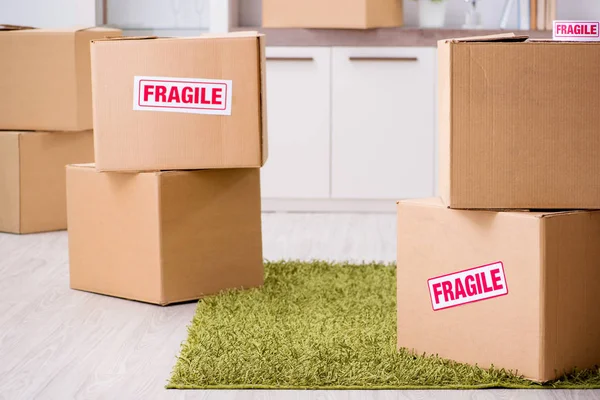Planning a relocation involves several factors. Making sure your most fragile possessions arrive at your new home undamaged is one of the toughest aspects of relocating.
Thankfully, Zenith Moving has been transporting delicate objects every day for years. And we are more adept than most in the delicate art of packaging delicate objects.
Therefore, if you’re preparing to relocate, we can assist in making sure your most priceless items always emerge undamaged from the box.
Fragile Item Examples
In our personal and professional experience, the following are the most often broken items:
– Glasses;
– Ceramics (plates, vases, pots, etc.);
– Art (the Rembrandt in your living room, sculptures; etc.);
– Electronics (of all kinds).
Lampshades, mirrors, wine and liquor bottles, furniture, and even books are other often broken things. However, liquid cleaning products have been known to cause permanent harm. Especially if not sealed correctly, while not physically harming anything.
However, no two houses or relocations are ever the same. As a result, the definition of a “fragile object” is frequently subjective.
Prepare Your Sensitive Items
Make a thorough inventory of everything first. That is, group, arrange, and classify each fragile thing according to its degree of fragility. It is advisable to begin with the major issues and move down the list.
As you proceed, wipe down, clean, dust, and/or dismantle as necessary. Additionally, make sure that everything—including your supplies—is both readily visible and accessible.
Cushion and Wrap
Start preparing each item for the relocation after that. Use bubble wrap, packing paper, and moving blankets to protect sensitive objects like mirrors, electronics, and artwork. Use socks, t-shirts, and other items to be inventive.
Wrap each item in its cover. Fill as much of the available space as you can (for example, pack glasses with socks). And conceal any exposed sharp edges and loose pieces.
As you go, tape the objects that are wrapped. Keep in mind that more layers equal more protection. So whenever required, wrap and tape many times.
Additionally, avoid applying too much pressure on sensitive items. For instance, stemware such as wine glasses and other types of stemware can be quite challenging.
Choose the Appropriate Boxes
You’ll probably need a variety of sizes of boxes. They should, however, all have comparable forms. Because of this, they are not only simpler to stack in the moving truck but are also less likely to fall or get squashed.
Therefore, real moving boxes are your best option even though simple cardboard boxes could work for some lightweight items.
Label and Seal
This phase is frequently the most important, especially if you want to employ movers to help. Make sure everything is properly sealed first. Use enough tape, fill in any wrinkles and gaps, and go around if required two or three times.
Make careful you use opaque, thick markers when labeling. Put as many markers as you can find. And make sure your labels are huge, obvious, and appropriate.
Communicate
Verbal communication is also important. Because, once more, not everyone will be aware of how important a certain item is to you. Therefore, make sure that everyone engaged in your transfer is aware of what is what.
Ask inquiries, engage in conversation, and express your worries. This will guarantee the highest degree of care and the fewest surprises possible upon unpacking.
Packaging delicate objects may be an extremely delicate skill. But with the right planning, care, communication, and a little luck, every one of your priceless things is certain to reach its new home unharmed.




